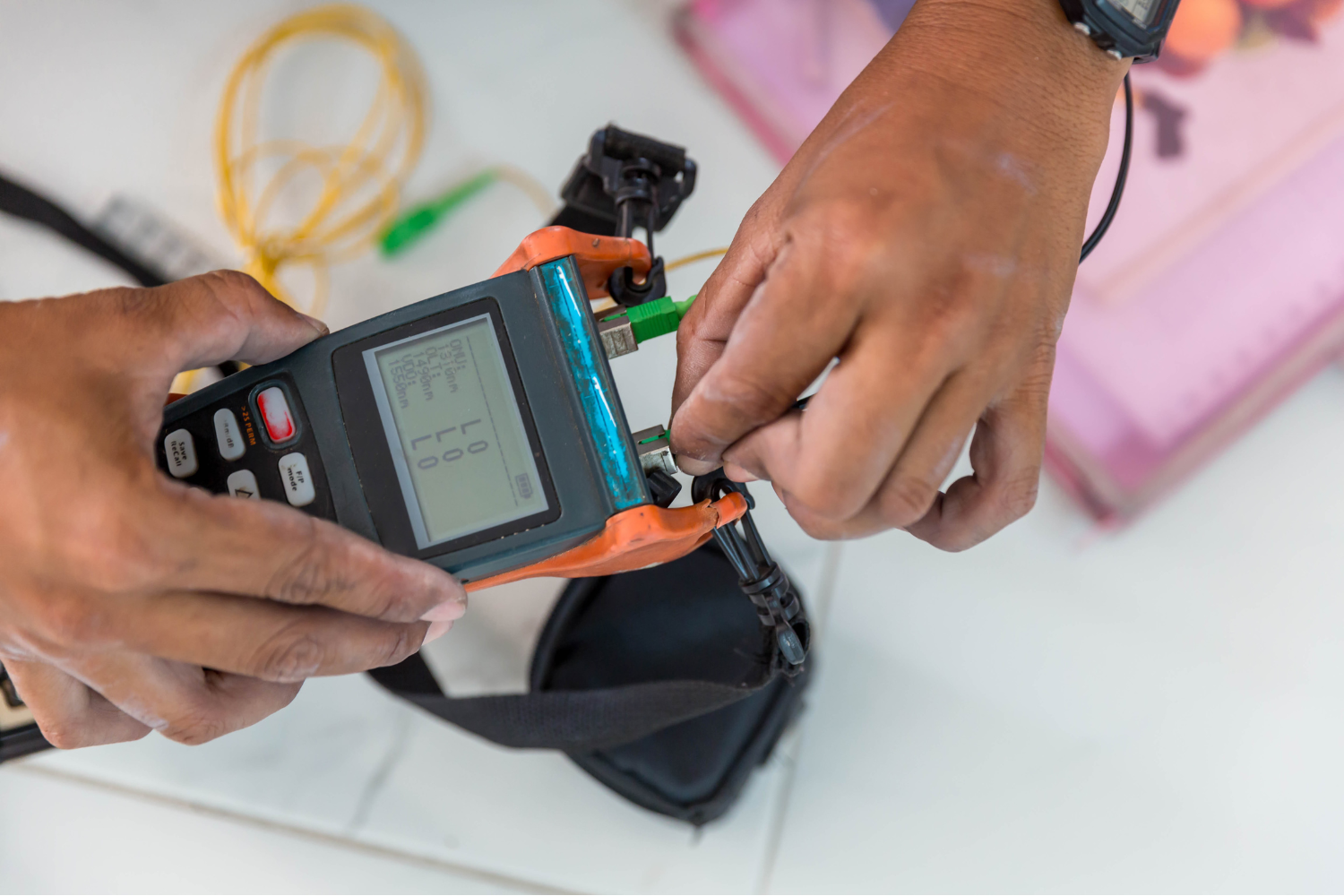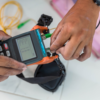
Fiber optic cables are the backbone of modern communication networks, offering high-speed data transmission over long distances. Testing these cables is essential to ensure that they are functioning correctly and to avoid potential issues down the line. In this guide, we’ll walk you through the basics of fiber optic cable testing, focusing on the tools and techniques you need as a beginner.
Why Testing Fiber Optic Cables is Important
Before diving into the testing process, it’s crucial to understand why testing is necessary. Fiber optic cables, while highly efficient, can be prone to issues such as signal loss, physical damage, or improper connections. Regular testing helps:
- Identify Faults Early: Detecting problems early can prevent network downtime.
- Ensure Signal Integrity: Maintaining the quality of the signal transmitted through the cable.
- Improve Installation Quality: Verifying that the installation was done correctly.
Essential Tools for Testing Fiber Optic Cables
To test fiber optic cables, you’ll need a few specialized tools:
- Visual Fault Locator (VFL): This handheld device uses a red laser to identify breaks or bends in the fiber that could cause signal loss.
- Optical Time Domain Reflectometer (OTDR): OTDR is a more advanced tool that measures the length of the fiber, the location of faults, and the overall signal loss over the cable.
- Power Meter and Light Source: This combination is used to measure the power loss in the fiber optic cable, ensuring it is within acceptable limits.
Step-by-Step Guide to Testing Fiber Optic Cables
1. Inspect the Cable Visually
- Before using any tools, conduct a visual inspection of the fiber optic cable. Look for obvious signs of damage, such as cuts, kinks, or exposed fibers.
2. Use a Visual Fault Locator (VFL)
- Connect the VFL to one end of the fiber optic cable.
- Turn on the VFL and observe the cable. The laser light will travel through the cable, and any breaks or sharp bends will cause the light to leak out, indicating a potential issue.
3. Measure Power Loss with a Power Meter
- Connect the light source to one end of the fiber optic cable and the power meter to the other.
- Turn on the light source and power meter. The power meter will display the amount of light received, allowing you to calculate the signal loss.
- Compare the results to the manufacturer’s specifications to determine if the loss is within acceptable limits.
4. Analyze the Cable with an OTDR
- Connect the OTDR to one end of the fiber optic cable.
- Start the test, which will send a series of light pulses through the cable and measure the time it takes for reflections to return.
- The OTDR will create a graph showing the distance and severity of any faults, as well as the total signal loss.
5. Document Your Findings
- Record all measurements and observations. This documentation will be valuable for troubleshooting and ensuring the ongoing integrity of the network.
Common Issues and How to Resolve Them
During testing, you may encounter several common issues:
- High Signal Loss: If the signal loss is higher than expected, check for dirty connectors, sharp bends in the cable, or faulty splices.
- Broken Fiber: If the VFL reveals a break, the damaged section of the cable will need to be repaired or replaced.
- Reflection Peaks on OTDR: These peaks can indicate poor splicing or connectors that need cleaning or replacement.
Tips for Accurate Testing
- Clean Connectors: Always clean fiber optic connectors before testing to ensure accurate results.
- Avoid Bending the Cable: Fiber optic cables are sensitive to bending. Avoid sharp bends to prevent damage.
- Use the Right Settings: Ensure that your testing equipment is set to the correct wavelength for the cable you are testing.
Conclusion
Testing fiber optic cables may seem daunting at first, but with the right tools and a systematic approach, even beginners can perform accurate and reliable tests. By following this guide, you can ensure that your fiber optic network operates efficiently and without interruption.



















